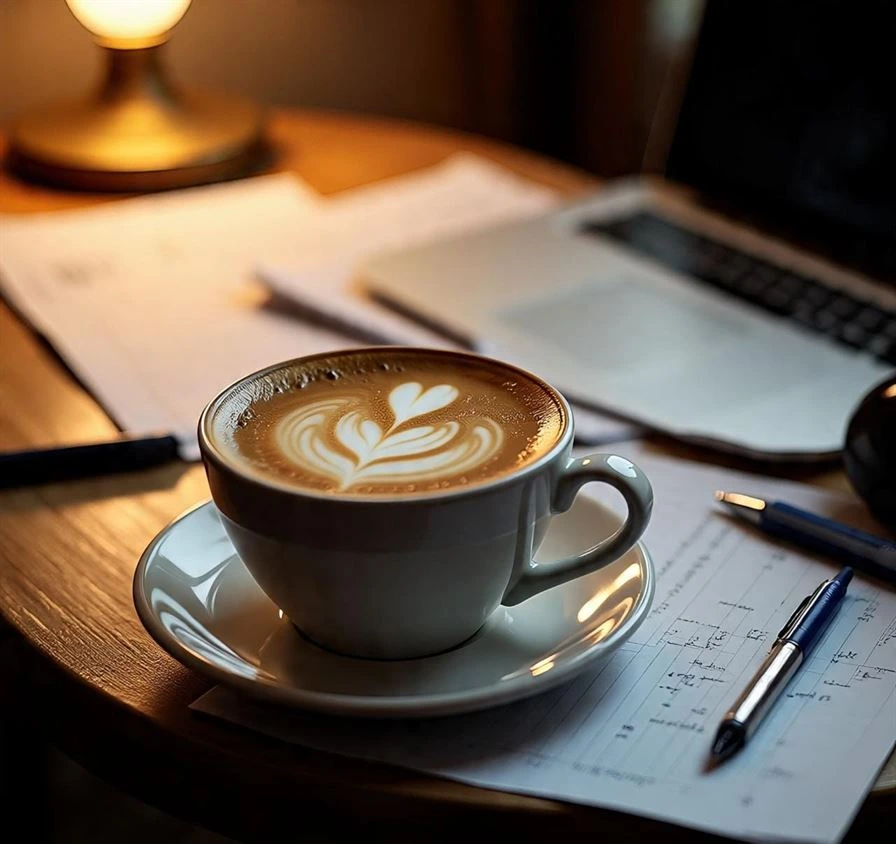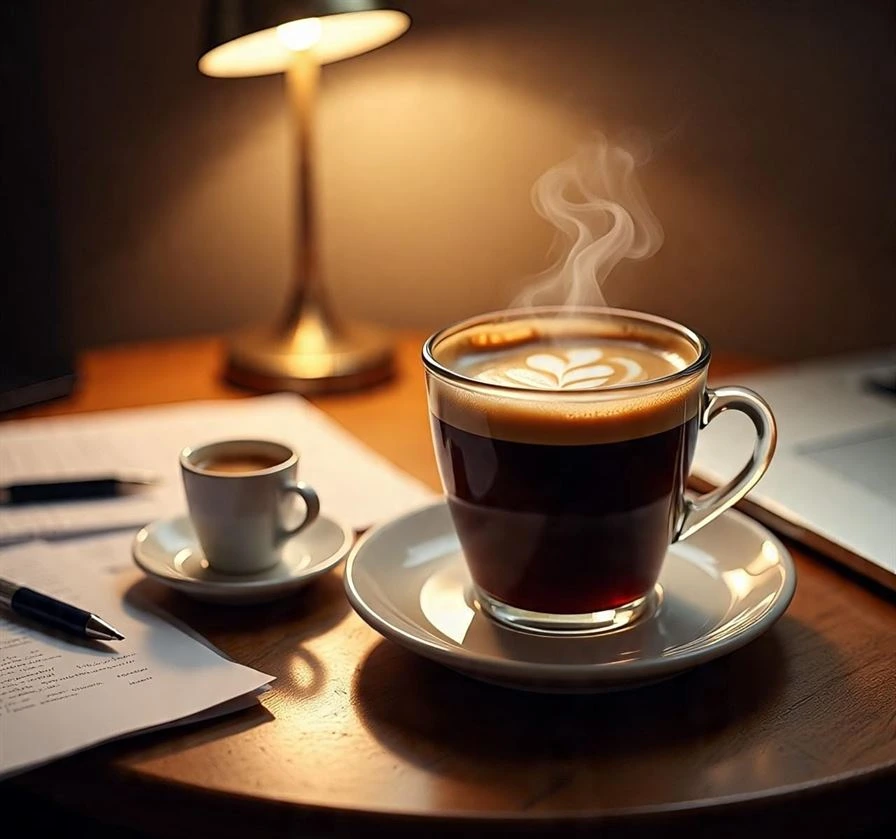☕ How Much Caffeine in a Cup of Coffee? A Guide to Energy, Balance & Ritual
Table of Contents
Introduction:
“Coffee is the common man’s gold, and like gold, it brings to every person the feeling of luxury and nobility.” — Sheik-Abd-al-Kadir

café has never been just a drink; it is a ritual, a pause in the storm, and for many, the spark that ignites the day. But behind the aroma and warmth lies a question many wonder about: how much caffeine is really in a cup of coffee?
This article is not merely about numbers—it is about understanding energy, health, and the quiet poetry that lives in every sip.
📌 Why Caffeine Matters
Caffeine is nature’s stimulant, tucked gently within the coffee bean. It sharpens focus, reduces fatigue, and heightens alertness. Yet, as with all pleasures, balance is the secret.
- Too little, and your cup feels like water.
- Too much, and the heart races ahead of thought.
Knowing what’s in your cup is the first step to mastering your energy.
☕ How Much Caffeine in Different Cups?
Not all cups of coffee are created equal. Caffeine levels vary according to the type of bean, the roast, the grind size, and the way the coffee is brewed.
Here’s a simple guide:
| Coffee Type | Average Caffeine (per 240 ml / 8 oz) | Character |
|---|---|---|
| Espresso (30 ml / 1 oz) | 63 mg | Small, intense, concentrated |
| Drip café | 95–200 mg | Classic daily cup, steady boost |
| French Press | 80–135 mg | Bold, oily, full-bodied |
| Cold Brew | 150–240 mg | Smooth, strong, slowly infused |
| Decaf Coffee | 2–12 mg | Almost caffeine-free, but not zero |
💡 Tip: A standard mug often holds 12–16 oz, meaning you may be drinking 200–300 mg of caffeine in a single sitting.
🌿 Arabica vs. Robusta Beans
- Arabica: Softer, more aromatic, with around 1.2% caffeine.
- Robusta: Stronger, earthier, packing nearly 2.2% caffeine.
If Arabica is a gentle conversation, Robusta is a shout across the marketplace.
⚖️ The Safe Daily Dose
According to health guidelines, most adults can enjoy up to 400 mg of caffeine per day (around 4 cups of brewed coffee).
✔️ Benefits at moderate intake:
- Enhanced focus
- Better physical performance
- Reduced risk of certain diseases
⚠️ Risks when overindulging:
- Insomnia
- Anxiety or jitters
- Rapid heartbeat
✨ Balance, like in all art, is key.
🍯 Making Your Ritual Healthier
- Choose wisely — Opt for medium roast Arabica for a smoother caffeine profile.
- Sip slowly — Stretching your cup makes caffeine gentler.
- Pair with food — A croissant, a piece of fruit, or oats keep blood sugar steady.
- Experiment — Try cold brew for smooth energy, or half-caf blends for control.
📝 Design Your Coffee Experience
Imagine a café corner, sunlight spilling across the table, your favorite mug warming your palms. Coffee is not only chemistry—it is poetry. Here’s how you can elevate your daily ritual:
- Add cinnamon or cardamom for spice and aroma.
- Use honey or maple syrup instead of sugar for a natural sweetness.
- Create a coffee journal, noting flavors, moods, and energy levels.
🌍 A Global Story of Caffeine
- In Italy, an espresso is a lightning bolt, meant to be enjoyed standing at the bar.
- In Morocco, coffee is often softened with spices, turning caffeine into a story of the souk.
- In the U.S., supersized mugs make coffee both comfort and fuel.
Caffeine weaves itself differently into every culture, yet always with the same heartbeat.
✨ Final Thought
So, what’s really hiding in your cup — how much caffeine are you drinking?
The truth is: enough to awaken, enough to inspire—but never so much that it should master you.
Drink with awareness, sip with joy, and remember: the magic of coffee lies not only in the caffeine, but in the moment it creates.

